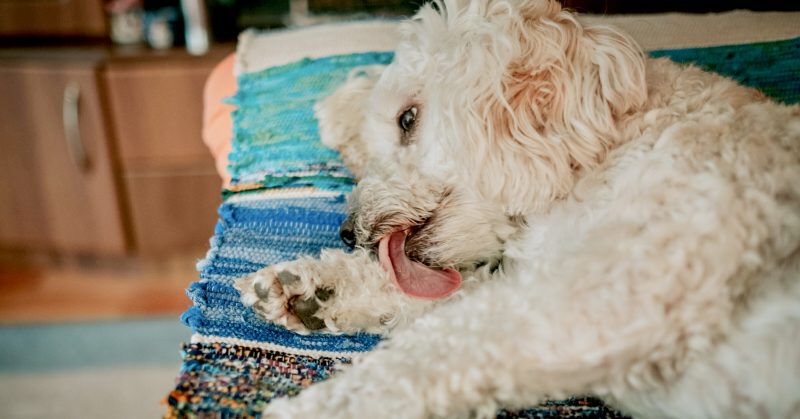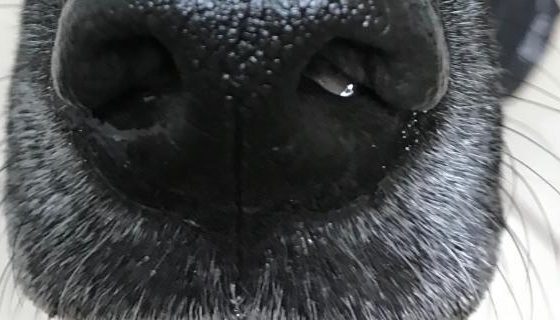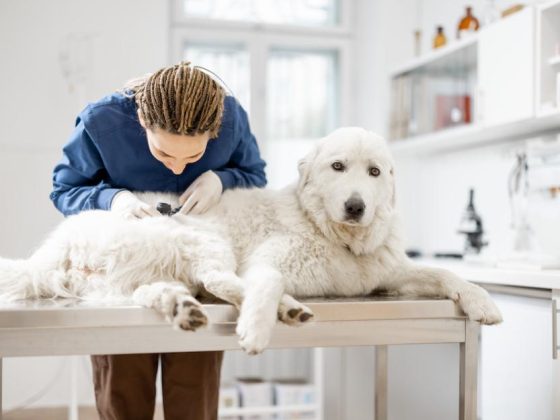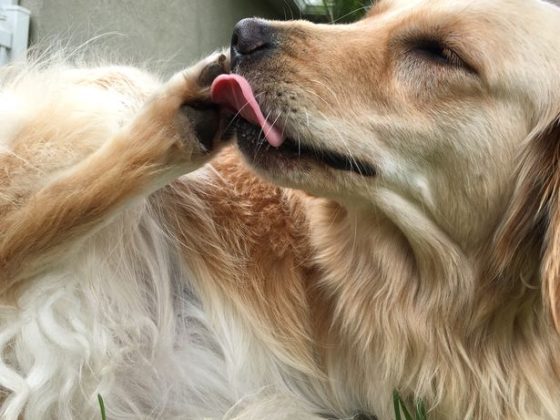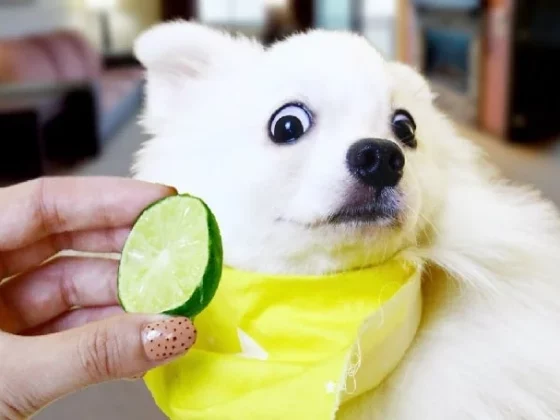Dogs, like all animals, have certain characteristic behaviors. One such behavior is licking their paws, which can sometimes be so persistent that it may cause harm. While this might seem like an innocuous or even adorable activity, there’s often more to it than meets the eye.
In this article, we delve into the reasons behind dogs’ paw licking and its implications for their overall health and wellness. The possible reasons include:
Allergies
Allergies stand as one of the primary causes of paw licking in dogs. Similar to humans, dogs can develop allergies to numerous substances such as pollen, dust, mold, and certain foods. Exposure to allergens can trigger an immune response, leading to itching and inflammation.
Dogs often lick or chew the itchy area to alleviate the discomfort, which can further irritate the skin and exacerbate the problem. If allergies are suspected, professional consultation with a vet is necessary.
Infections
Infections constitute another potential reason for dogs to excessively lick their paws. Moist areas between a dog’s toes can foster the growth of bacteria or yeast, causing itching and inflammation.
An excessive paw-licking dog may display signs of infection such as redness, swelling, or unpleasant odor. Occasionally, discharge or pus might also be visible. In such cases, a veterinarian should examine the dog to identify the root cause and prescribe appropriate treatment.
Pain or Discomfort
Sometimes, dogs lick their paws due to discomfort or pain from conditions like arthritis, fractures, or sprains. If a dog suffers from these conditions, it may chew or lick the affected area. If pain or discomfort is suspected, a vet should evaluate the dog.
Behavioral Issues
Paw licking can also stem from behavioral problems. Dogs may resort to this behavior as a means of self-comfort or to manage anxiety or boredom. Dogs left alone for extended periods or those not getting enough physical and mental engagement may be more likely to develop such behaviors.
If behavioral issues seem to be the cause of paw licking, it’s crucial to address these concerns, possibly by increasing exercise, offering suitable toys and puzzles, or consulting with a professional dog trainer or behaviorist.
Other Medical Conditions
In rare instances, paw licking can signal conditions such as hypothyroidism or Cushing’s disease, which can cause symptoms including skin issues and itching.
If paw licking is accompanied by other symptoms like hair loss or weight gain, a vet should evaluate the dog.
In conclusion, while paw licking is a common dog behavior, it’s crucial to monitor the frequency and intensity of this activity. Excessive paw licking could indicate an underlying health issue.


